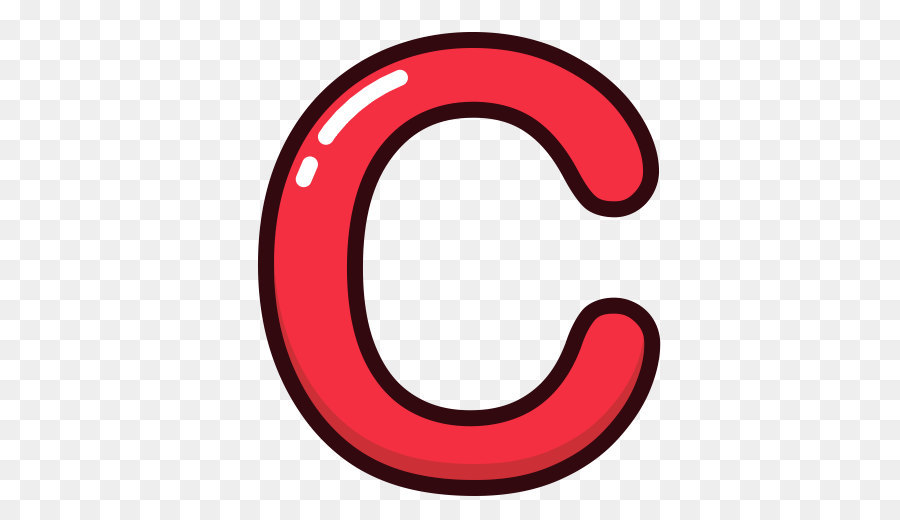Table Of Content

The return value of main (which should be int) serves as termination status returned to the host environment. Manipulation of these parameters can be done by using the routines in the standard library header . In the while and do statements, the sub-statement is executed repeatedly so long as the value of the expression remains non-zero (equivalent to true). With while, the test, including all side effects from , occurs before each iteration (execution of ); with do, the test occurs after each iteration.
Standardization

In this call, the printf function is passed (provided with) a single argument, the address of the first character in the string literal "hello, world\n". The \n is an escape sequence that C translates to a newline character, which on output signifies the end of the current line. The return value of the printf function is of type int, but it is silently discarded since it is not used. (A more careful program might test the return value to determine whether or not the printf function succeeded.) The semicolon ; terminates the statement.
2024 NFL Draft Scouting Report: West Virginia C Zach Frazier - Steelers Depot
2024 NFL Draft Scouting Report: West Virginia C Zach Frazier.
Posted: Sat, 27 Apr 2024 00:31:16 GMT [source]
Jump statements
Both Unix and C were created at AT&T's Bell Laboratories in the late 1960s and early 1970s. Many universities and organizations began creating their own variants of the language for their own projects. By the beginning of the 1980s compatibility problems between the various C implementations became apparent. In 1983 the American National Standards Institute (ANSI) formed a committee to establish a standard specification of C known as "ANSI C". This work culminated in the creation of the so-called C89 standard in 1989.
Fast-growing Zig tops Stack Overflow survey for highest-paid programming language
However, in early versions of C the bounds of the array must be known fixed values or else explicitly passed to any subroutine that requires them, and dynamically sized arrays of arrays cannot be accessed using double indexing. (A workaround for this was to allocate the array with an additional "row vector" of pointers to the columns.) C99 introduced "variable-length arrays" which address this issue. Array types in C are traditionally of a fixed, static size specified at compile time. The more recent C99 standard also allows a form of variable-length arrays.
Control structures
There are also derived types including arrays, pointers, records (struct), and unions (union). One of the aims of the C standardization process was to produce a superset of K&R C, incorporating many of the subsequently introduced unofficial features. The standards committee also included several additional features such as function prototypes (borrowed from C++), void pointers, support for international character sets and locales, and preprocessor enhancements.
Criticism of bitwise and equality operators precedence
On most systems, man pages on standard library functions are in section 3; section 7 may contain some more generic pages on underlying concepts (e.g. man 7 math_error in Linux). The C standard library provides macros, type definitions and functions for tasks such as string handling, mathematical computations, input/output processing, memory management, and several other operating system services. There are also compilers, libraries, and operating system level mechanisms for performing actions that are not a standard part of C, such as bounds checking for arrays, detection of buffer overflow, serialization, dynamic memory tracking, and automatic garbage collection. Additional multi-byte encoded characters may be used in string literals, but they are not entirely portable.
Immediate analysis: Grading the Steelers selection of C Zach Frazier - Behind The Steel Curtain
Immediate analysis: Grading the Steelers selection of C Zach Frazier.
Posted: Sat, 27 Apr 2024 00:40:15 GMT [source]
These are often implemented alongside the C standard library functionality, with varying degrees of closeness. For example, glibc implements functions such as fork within libc.so, but before NPTL was merged into glibc it constituted a separate library with its own linker flag argument. Often, this POSIX-specified functionality will be regarded as part of the library; the basic C library may be identified as the ANSI or ISO C library. C enables programmers to create efficient implementations of algorithms and data structures, because the layer of abstraction from hardware is thin, and its overhead is low, an important criterion for computationally intensive programs. For example, the GNU Multiple Precision Arithmetic Library, the GNU Scientific Library, Mathematica, and MATLAB are completely or partially written in C.
K&R C
It was created in the 1970s by Dennis Ritchie, and remains very widely used and influential. By design, C's features cleanly reflect the capabilities of the targeted CPUs. Since C99, the programmer can specify that a function takes an array of a certain size by using the keyword static. In void setArray(int array[static 4], int index, int value) the first parameter must be a pointer to the first element of an array of length at least 4. It is also possible to add qualifiers (const, volatile and restrict) to the pointer type that the array is converted to by putting them between the brackets.
Relations to other languages
Many languages support calling library functions in C, for example, the Python-based framework NumPy uses C for the high-performance and hardware-interacting aspects. Thompson wanted a programming language for developing utilities for the new platform. At first, he tried to write a Fortran compiler, but soon gave up the idea. Instead, he created a cut-down version of the recently developed systems programming language called BCPL.
Null pointer values are useful for indicating special cases such as no "next" pointer in the final node of a linked list, or as an error indication from functions returning pointers. In appropriate contexts in source code, such as for assigning to a pointer variable, a null pointer constant can be written as 0, with or without explicit casting to a pointer type, as the NULL macro defined by several standard headers or, since C23 with the constant nullptr. In conditional contexts, null pointer values evaluate to false, while all other pointer values evaluate to true. The C standard library is small compared to the standard libraries of some other languages. The C library provides a basic set of mathematical functions, string manipulation, type conversions, and file and console-based I/O.
The C11 standard adds numerous new features to C and the library, including type generic macros, anonymous structures, improved Unicode support, atomic operations, multi-threading, and bounds-checked functions. It also makes some portions of the existing C99 library optional, and improves compatibility with C++. The standard macro __STDC_VERSION__ is defined as L to indicate that C11 support is available.
Pointers — you either love them, or you haven’t fully understood them yet. But before you storm off to the comment section now, pointers are indeed a polarizing subject and are both C’s biggest strength, and its major source of problems. The internet and libraries are full of tutorials and books telling about pointers, and you can randomly pick pretty much any one of them and you’ll be good to go. However, while the basic principles of pointers are rather simple in theory, it can be challenging to fully wrap your head around their purpose and exploit their true potential. Most of the operators available in C and C++ are also available in other C-family languages such as C#, D, Java, Perl, and PHP with the same precedence, associativity, and semantics. During the late 1970s and 1980s, versions of C were implemented for a wide variety of mainframe computers, minicomputers, and microcomputers, including the IBM PC, as its popularity began to increase significantly.
C has some features, such as line-number preprocessor directives and optional superfluous commas at the end of initializer lists, that support compilation of generated code. However, some of C's shortcomings have prompted the development of other C-based languages specifically designed for use as intermediate languages, such as C--. Also, contemporary major compilers GCC and LLVM both feature an intermediate representation that is not C, and those compilers support front ends for many languages including C. Furthermore, in most expression contexts (a notable exception is as operand of sizeof), an expression of array type is automatically converted to a pointer to the array's first element.
C has also been widely used to implement end-user applications.[53] However, such applications can also be written in newer, higher-level languages. The "hello, world" example, which appeared in the first edition of K&R, has become the model for an introductory program in most programming textbooks. The program prints "hello, world" to the standard output, which is usually a terminal or screen display. Because of the language's grammar, a scalar initializer may be enclosed in any number of curly brace pairs.
Whether it references a local variable on the stack, or a register mapped into RAM, in the end, it’s all just data behind an address. And by that logic, if we can do something like some_function(®ular_variable) in C, i.e. pass a pointer as parameter to a function, we should be able to do the same with registers. On a system with a memory management unit, such as your average desktop computer, you will most certainly end up with a segmentation fault in the last line. The compiler complained because we wrote an integer into a variable that should be a pointer to an integer, and we should have listened.

No comments:
Post a Comment